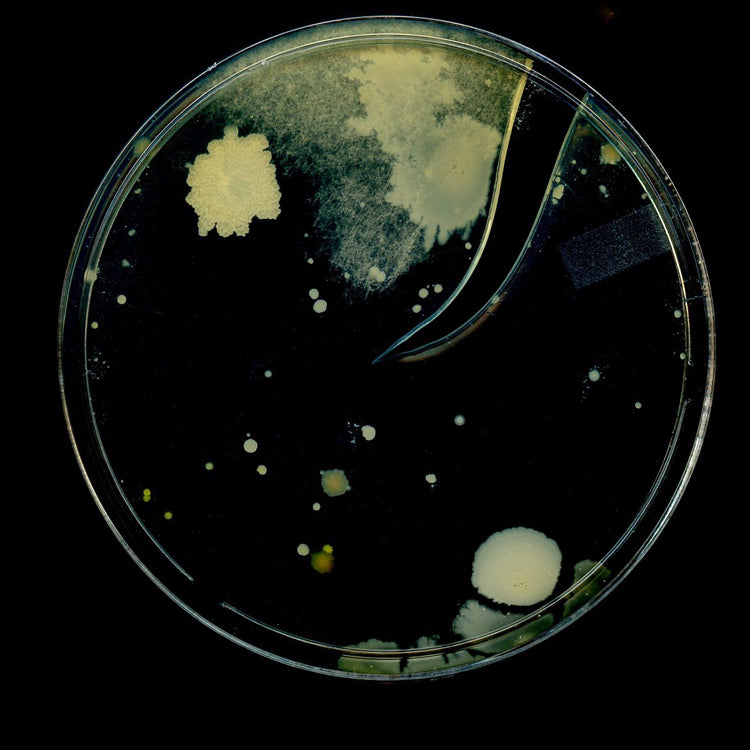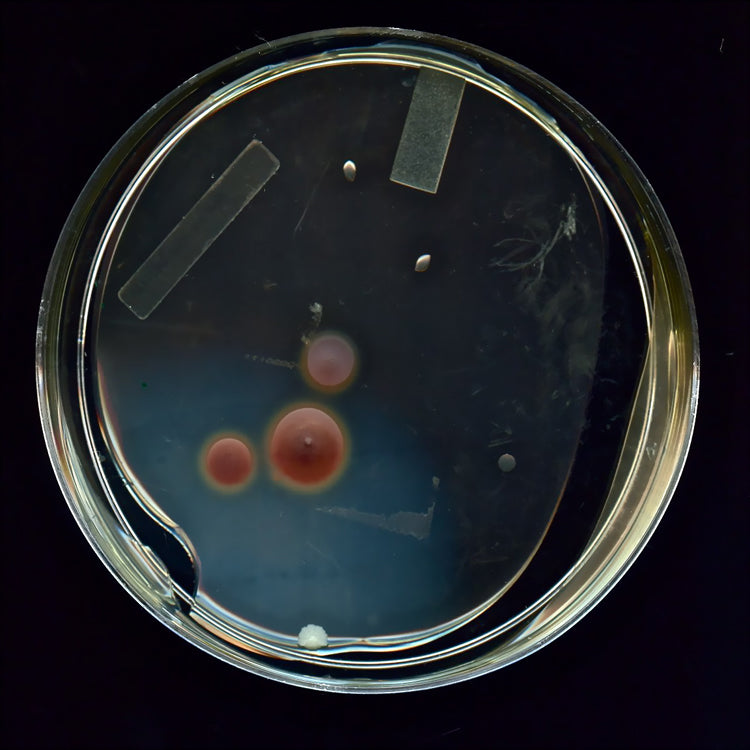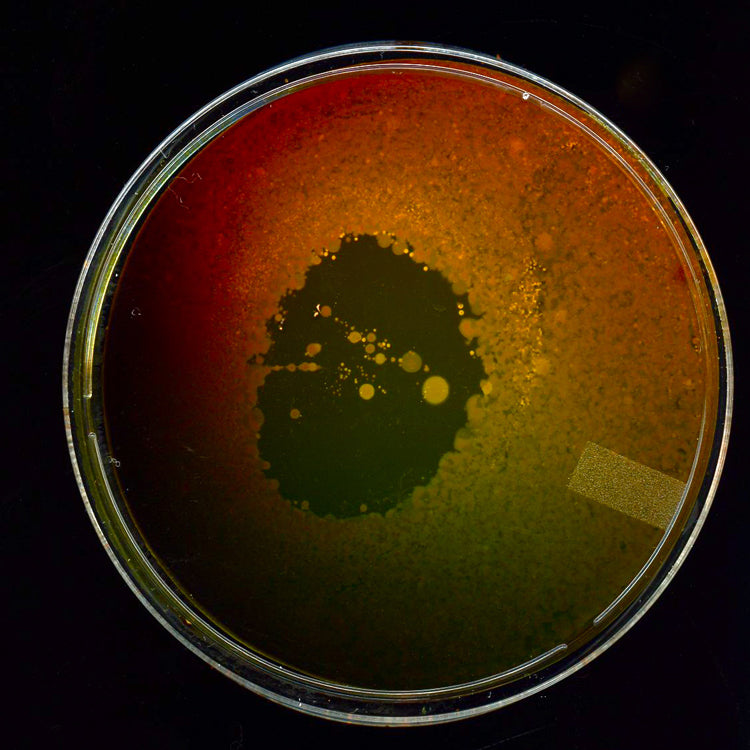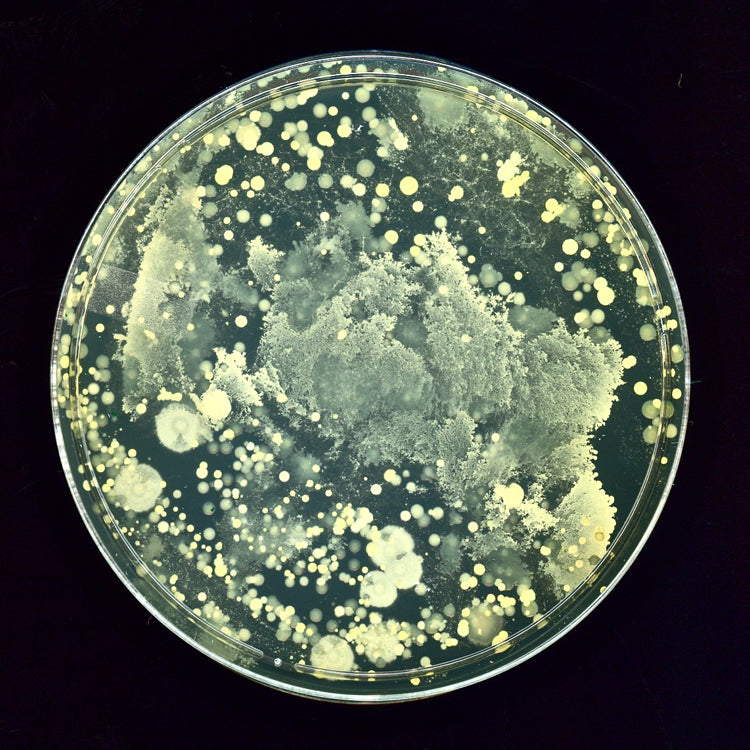QUALITY CONTROL TESTING BATTERY
Microbiological Data
Use of Microorganisms. How to use them? Dilute them with clean water, the most natural water you can get.
At 1:50 to irrigate crops (fertilize and control pests)
At 1:100 to wash floors (do not allow the presence of coliforms)
At 1:20 to wash dishes (with much less soap than before)
At 1:200 to spray and improve the air and environment in your home or garden
At 1:10 you can take them to improve your internal microflora, they are probiotics
The above mentioned indications are indications, you can not do harm by increasing the concentration.
Probiotic Potency
Biofermentation: This—a metabolic process used by bacteria to generate energy for cell growth and multiplication—is how we culture our probiotic strains. Bacteria are sensitive. They must be cultured with care to ensure viability. We optimize biofermentation conditions for pH, strain purity, temperature, and 28 other factors.
Healthy Soil & Body
Life on our planet began with the work of Beneficial Microorganisms, those that capture solar energy and transform it into living matter, breathe pollutant gases and transform them into oxygen, suck nitrogen from the air and minerals from rocks to make them available to plants and all other living things. These micro-organisms are small energy plants, producers of food and soil components. In the human body they help to digest and create vital substances that can be absorbed by the organism. Without beneficial micro-organisms we would not be able to live!
Testing
Digestive Survivability
To evaluate the survival of our probiotics, we test with a Simulator of the Human Intestinal Microbial Ecosystem —the closest system developed to model human digestion and the gut. It recreates the physiological conditions and biological processes (food uptake, peristalsis, digestive enzymes, pancreatic and bile acids, and time spent in each step) representative of the human gastrointestinal tract.

Testing
Thermostability
Heat typically injures or kills living probiotics, but the selection of probiotic strains and the delivery system that carries them (think: capsules, powders, liquid fill) each respond differently to varying levels of heat exposure. We've tested our strains the packaging and worst-case scenario heat conditions that we could potentially encounter on its way to our customers.
Even after 10 days of constant, 24 hour, 100º F exposure, which is very unlikely even in the heat of summer, our probiotic bacteria counts and viability exceeded the living cell counts (AFU) stated on our label.
Only with constant exposure to blazing temperatures of 120ºF—continuously over 48 hours—did the total biopotency dip below label claim numbers and requirements.
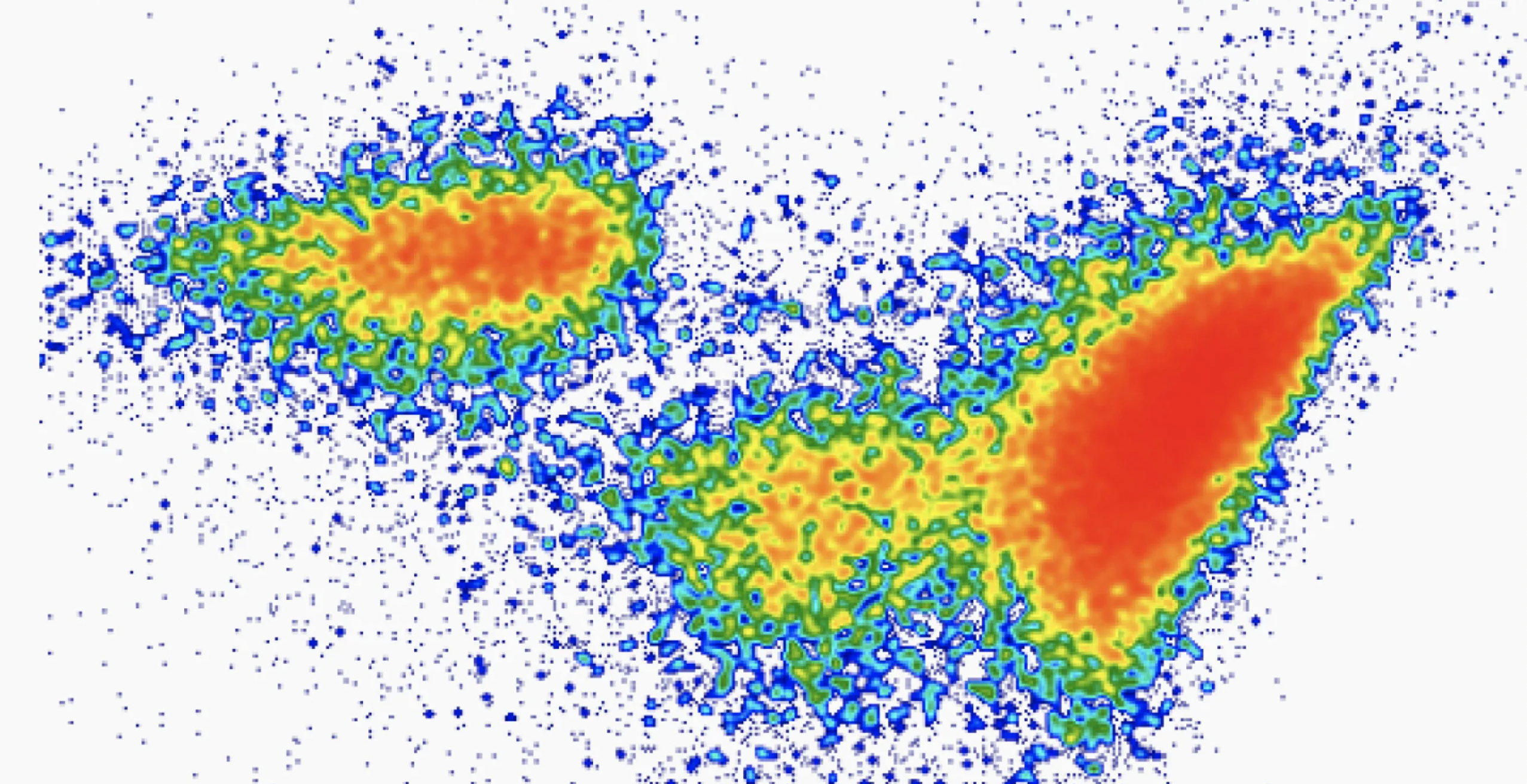
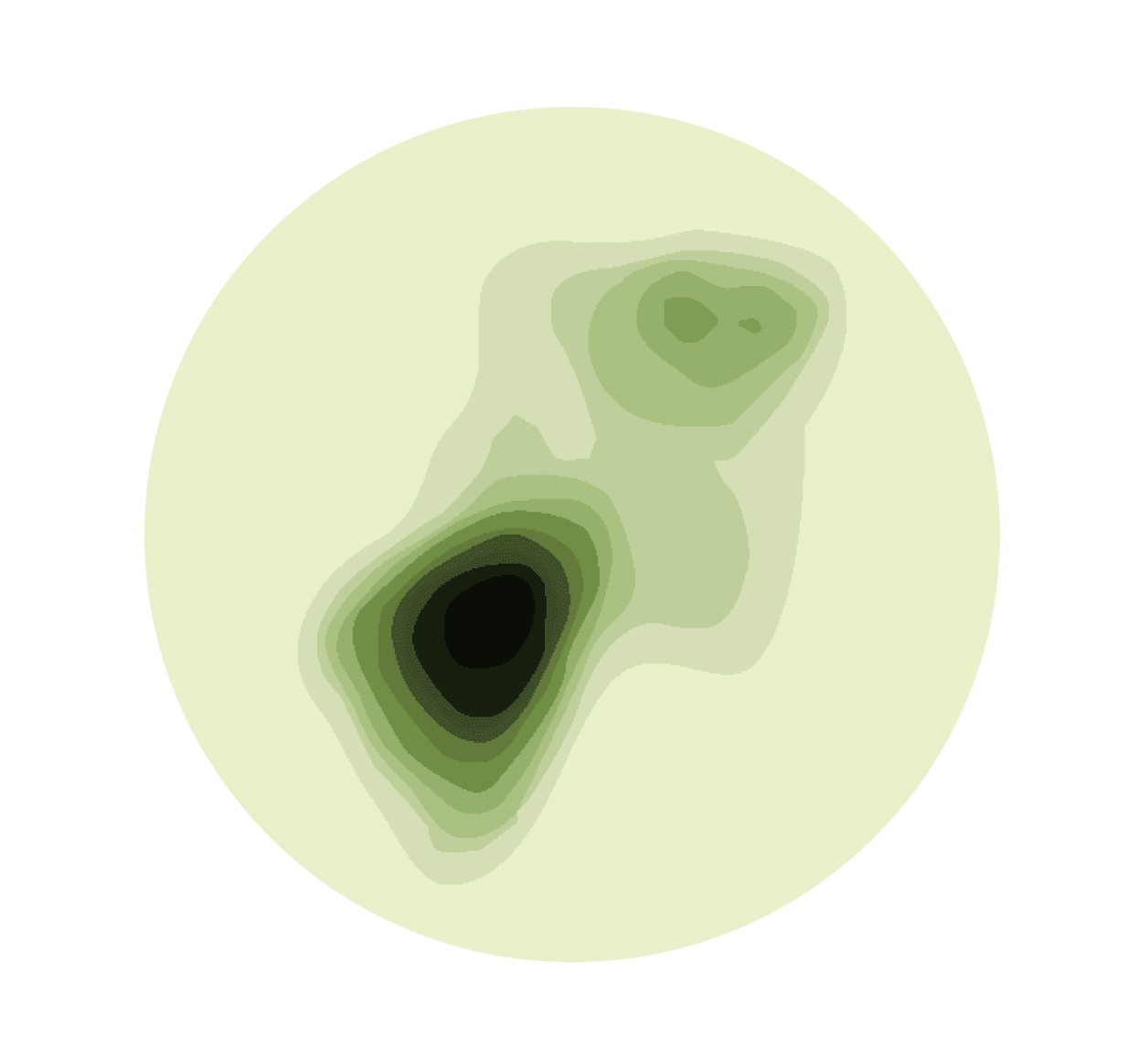
Testing
Heavy Metals & Pesticides
Most supplements, fruits, vegetables and natural products carry some level of heavy metals, which can be very difficult to completely eliminate from the diet due to their uptake by plants from the surrounding air, water, and soil known to potentially cause cancer or reproductive toxicity. Longevitylife abides by these stringent regulations and tests all products for the four main categories of Heavy Metals: Arsenic, Cadmium, Lead, and Mercury.
Our natural rainforest where all our products get handgrown is tested since 1990 and free of any type of Heavy metals or pesticides. We just use all natural materials and ancient Mayan agriculture techniques.
